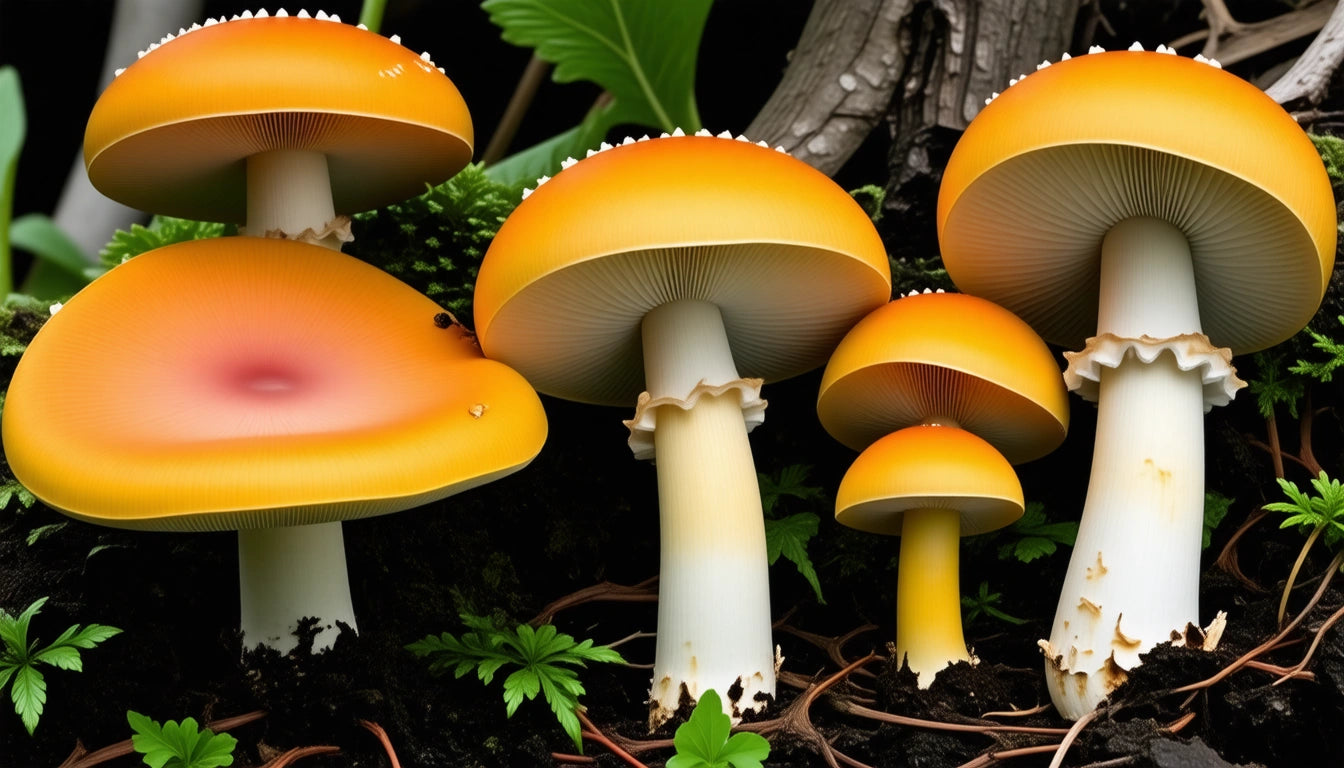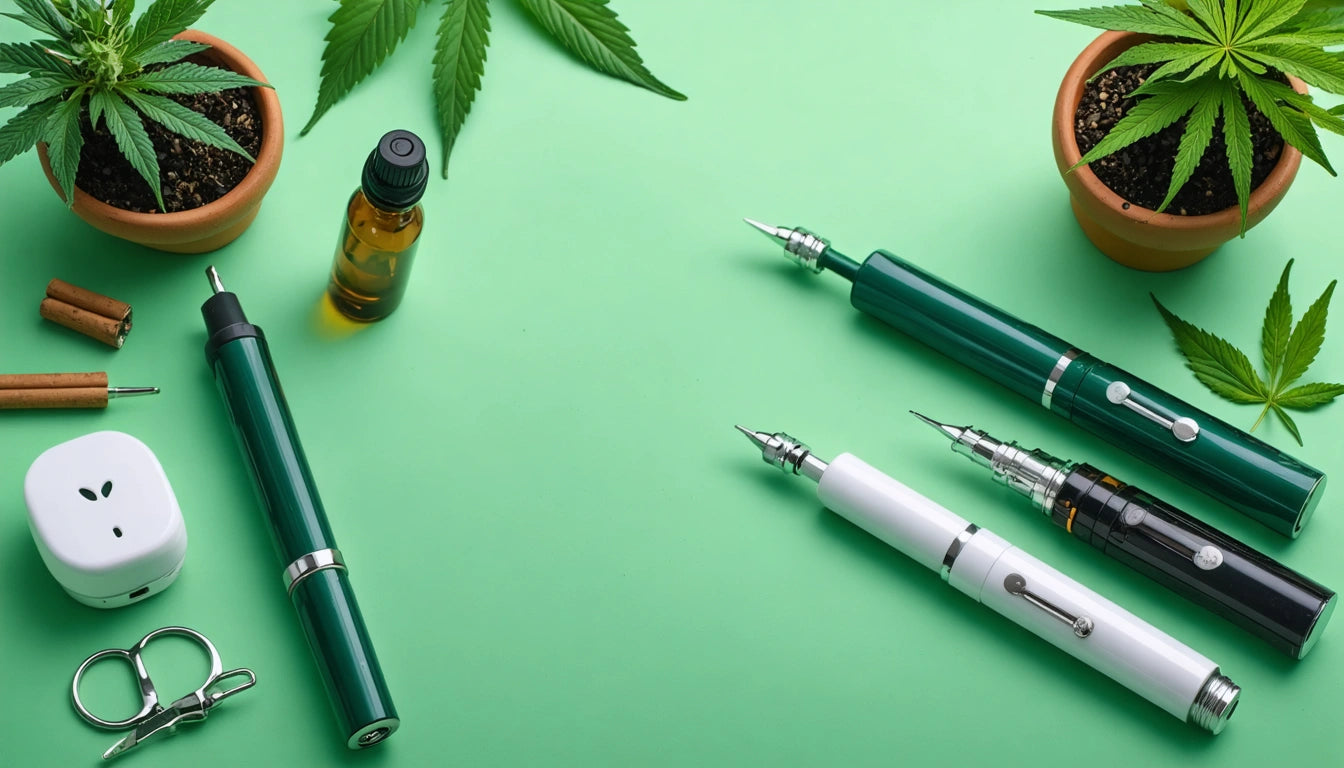Table of Contents
- Cannabis Light Requirements: How Many Hours Do Plants Need?
- Direct vs. Indirect Sunlight: What Cannabis Plants Prefer
- Light Cycles for Different Growth Stages
- Indoor Light Solutions for Cannabis Cultivation
- Outdoor Growing Considerations for Light Management
- Optimizing Light Quality and Spectrum for Maximum Yields
Understanding Sunlight Requirements for Growing Cannabis Plants
Cannabis cultivation success depends heavily on providing the right amount and quality of light. Whether growing indoors or outdoors, understanding how many hours of sunlight cannabis plants need is crucial for developing healthy plants with optimal yields. This guide explores the light requirements for cannabis throughout its growth cycle and addresses common questions about direct versus indirect light exposure.
Cannabis Light Requirements: How Many Hours Do Plants Need?
Cannabis plants typically require different light schedules depending on their growth stage. During the vegetative phase, cannabis plants thrive with 18-24 hours of light daily. This extended light period promotes healthy leaf development and strong structural growth. When flowering begins, plants need a 12/12 light cycle, meaning 12 hours of light followed by 12 hours of uninterrupted darkness to trigger and maintain the flowering process.
According to research on cannabis light requirements, consistent light schedules are essential for preventing stress and maintaining proper growth patterns. Inconsistent lighting can lead to hermaphroditism or reduced yields.
Direct vs. Indirect Sunlight: What Cannabis Plants Prefer
Do Pot Plants Need Direct Sunlight?
Cannabis plants generally perform best with direct sunlight when grown outdoors. In their natural habitat, cannabis evolved to utilize full sun exposure. Mature plants can handle and benefit from 6-8 hours of direct sunlight daily, which provides the intensity needed for robust growth and potent cannabinoid development.
Can Weed Plants Grow in Indirect Sunlight?
While cannabis prefers direct light, it can grow in indirect sunlight, though with some compromises. Plants receiving primarily indirect light often stretch toward light sources, developing longer internodal spacing and potentially lower yields. For growers with limited direct sunlight access, using supplemental lighting or reflective materials can help maximize available light.
Light Cycles for Different Growth Stages
- Seedling Stage: 18-24 hours of light daily with moderate intensity
- Vegetative Stage: 18-24 hours of light daily with increasing intensity
- Pre-Flowering: 16-18 hours of light to prepare plants for flowering
- Flowering Stage: Strict 12/12 light/dark cycle
- Late Flowering: Maintain 12/12 cycle but can slightly reduce intensity
Proper light management during seedling development is particularly critical, as young plants are sensitive to light stress but require sufficient light to prevent stretching.
Indoor Light Solutions for Cannabis Cultivation
Indoor growers must replicate natural sunlight conditions using artificial lighting systems. The most common options include:
LED Grow Lights
LED technology offers energy efficiency and customizable light spectrums that can be tailored to different growth stages. Modern LEDs can match or exceed the growth potential of plants grown under natural sunlight when properly configured.
HPS and MH Systems
High-Pressure Sodium (HPS) and Metal Halide (MH) lights have been industry standards for decades. MH lights produce blue-spectrum light ideal for vegetative growth, while HPS produces red-spectrum light beneficial for flowering.
When setting up indoor grow operations, many cultivators use mylar bags and other reflective materials to maximize light efficiency by bouncing light back toward plants rather than absorbing it into walls or floors.
Outdoor Growing Considerations for Light Management
Outdoor cannabis cultivation relies on natural sunlight cycles, which vary by geographic location and season. Understanding your local climate and sunlight patterns is essential for timing your grow cycle properly.
Seasonal Timing
In the Northern Hemisphere, cannabis is typically planted after the last frost (April-May) and harvested in early fall (September-October) when natural light cycles trigger flowering. Southern Hemisphere growers follow the opposite schedule.
Light Deprivation Techniques
Some outdoor growers use light deprivation techniques (covering plants to create artificial darkness) to control flowering timing. This approach allows for multiple harvests per season or precise control over when plants flower.
Research on optimizing plant growth suggests that combining proper light management with other environmental factors like temperature and humidity creates the ideal growing conditions.
Optimizing Light Quality and Spectrum for Maximum Yields
Beyond duration and intensity, the quality and spectrum of light significantly impact cannabis development. Different light wavelengths trigger specific responses in plants:
- Blue Light (400-500nm): Promotes vegetative growth, leaf development, and compact plant structure
- Green Light (500-600nm): Penetrates canopy and reaches lower leaves
- Red Light (600-700nm): Stimulates flowering and bud development
- Far-Red Light (700-750nm): Influences flowering timing and stretch
For indoor growers, selecting appropriate grow lights with balanced spectrums is crucial for mimicking natural sunlight and achieving optimal plant development.
Understanding and managing cannabis light requirements is both a science and an art. By providing the right amount of light at the right time, growers can significantly improve their chances of successful cultivation. Whether you're working with direct sunlight outdoors or creating an artificial environment indoors, light management remains one of the most critical aspects of cannabis cultivation.











Leave a comment
All comments are moderated before being published.
This site is protected by hCaptcha and the hCaptcha Privacy Policy and Terms of Service apply.